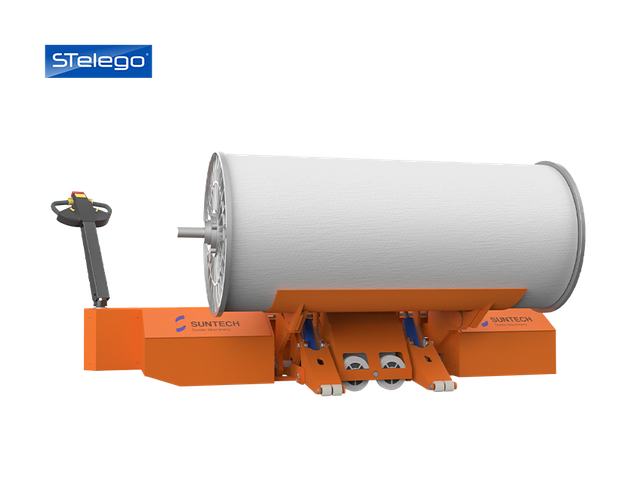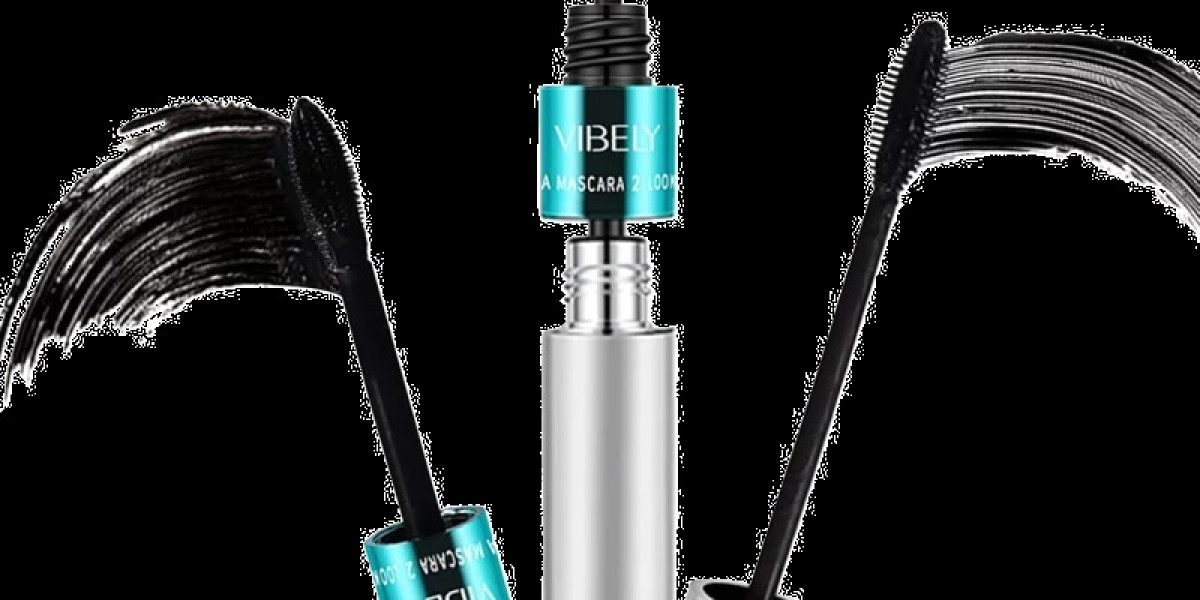Material handling equipment has undergone significant transformations over the years. This evolution reflects advancements in technology, changes in industry demands, and the need for efficiency in logistics and supply chain management. Understanding these developments is crucial for businesses aiming to optimize their operations.

Historical Overview of Material Handling Equipment
Initially, material handling equipment consisted of simple manual tools. Hand trucks, dollies, and pallets were commonly used to transport goods. These tools, while effective, required considerable human effort and were limited in their capacity. As industries grew, so did the complexity of material handling needs. This led to the introduction of mechanized solutions.
Transition to Mechanization
With the advent of the Industrial Revolution, mechanization began to play a pivotal role in material handling. Equipment such as forklifts and conveyor belts emerged, significantly increasing the speed and efficiency of transporting goods. Have you ever wondered how these innovations changed workplace dynamics? They not only reduced labor costs but also minimized the risk of injury associated with manual handling.
Modern Material Handling Equipment
Today, the landscape of material handling equipment is dominated by automation and robotics. Automated Guided Vehicles (AGVs) and robotic arms are now commonplace in warehouses and manufacturing facilities. These technologies enhance productivity and accuracy, allowing for real-time inventory management and streamlined operations.
Benefits of Automation
- Increased Efficiency: Automated systems can operate continuously, reducing downtime.
- Enhanced Safety: Automation minimizes human error and the risk of workplace accidents.
- Cost Savings: While the initial investment may be high, the long-term savings in labor and operational costs are substantial.
Future Trends in Material Handling Equipment
Looking ahead, the future of material handling equipment is likely to be shaped by advancements in artificial intelligence and the Internet of Things (IoT). These technologies will enable smarter systems that can predict maintenance needs and optimize workflows. Companies that adapt to these changes will likely gain a competitive edge in their respective markets.
Conclusion
In conclusion, the evolution of material handling equipment from manual tools to sophisticated automated systems illustrates the ongoing quest for efficiency and safety in industrial operations. As businesses continue to embrace these advancements, understanding the significance of material handling equipment becomes essential. For more information on the latest innovations in this field, visit Suntech Machinery.








